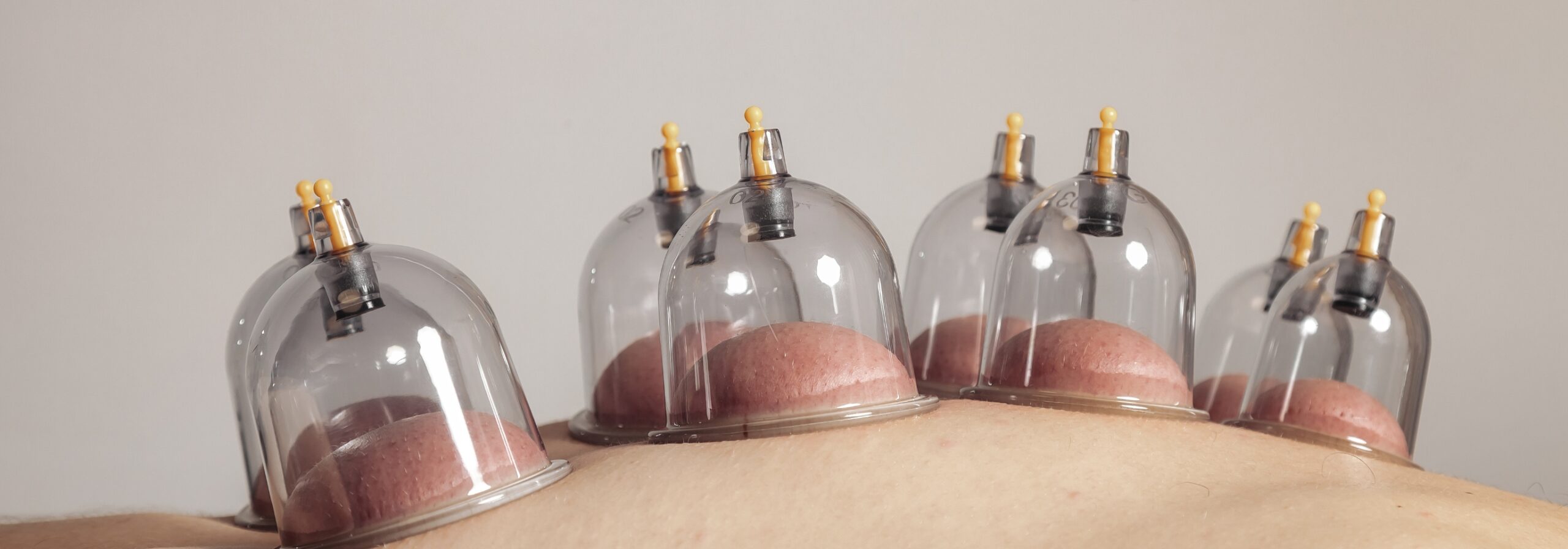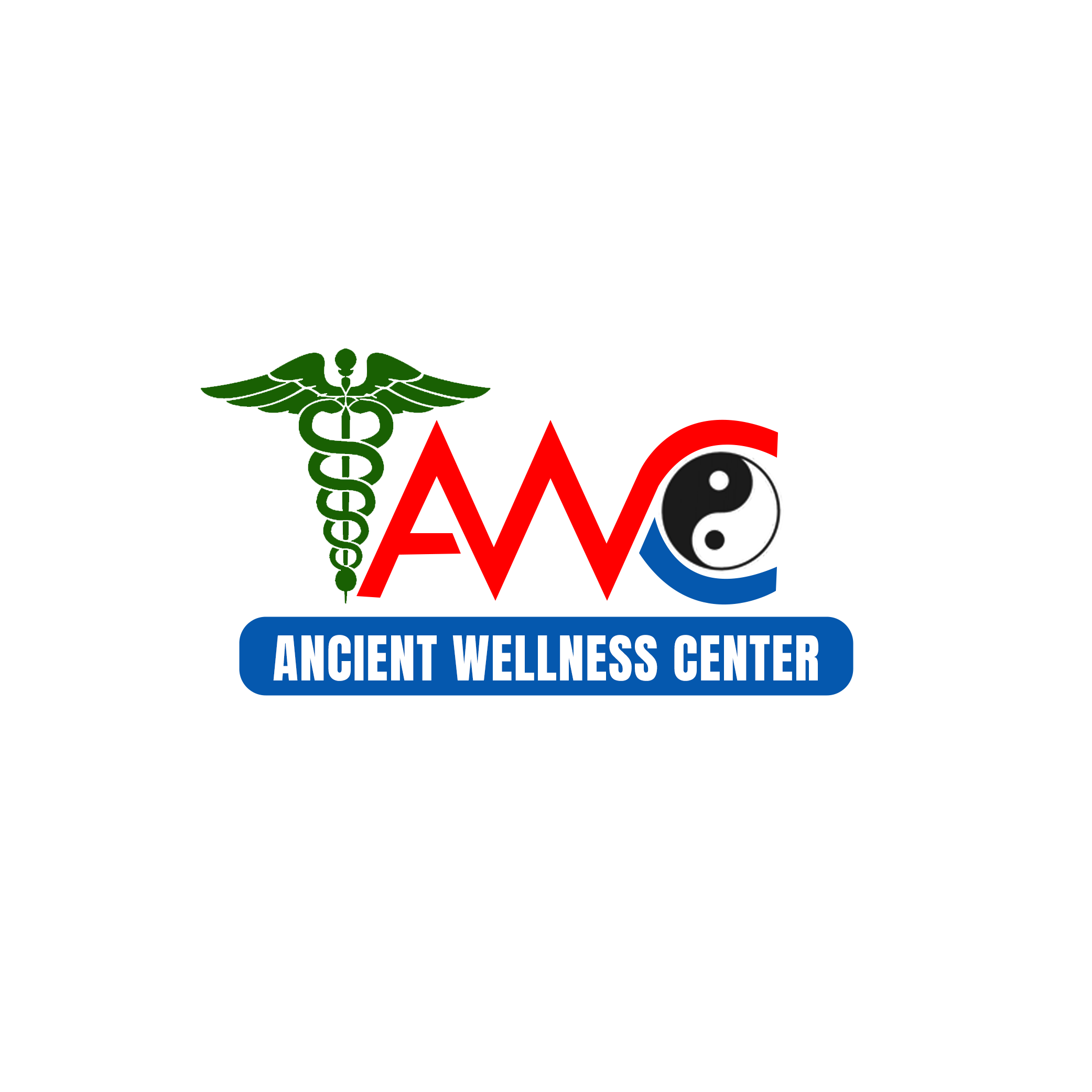
Hijama (Cupping Therapy): An Ancient Healing Practice
Hijama, also known as cupping therapy, is a traditional medical treatment that dates back thousands of years and has roots in many ancient cultures, including Chinese, Egyptian, and Islamic civilizations. The word “Hijama” comes from the Arabic word “hajm,” which means “sucking.” It refers to a method of drawing out impure or stagnant blood from the body to promote healing and wellness. This therapy has gained renewed interest in recent years as more people seek natural and holistic treatments for various health concerns.
What is Hijama?
Hijama involves placing cups on the skin to create suction. This suction pulls the skin and superficial muscle layer into the cup. In Islamic or “wet” cupping, small incisions are made on the skin to draw out a small amount of blood. The aim is to remove harmful substances and toxins that accumulate in the body. There is also “dry” cupping, where no blood is drawn, and suction alone is used to stimulate the body.
Cups used in Hijama can be made from various materials such as glass, bamboo, or plastic. The suction is typically created either through heat (by briefly heating the air inside the cup before placing it on the skin) or mechanical pumps. Common areas for cupping include the back, neck, shoulders, and legs, though it can be applied to many parts of the body based on the individual’s condition.
Benefits of Hijama Therapy
Hijama is believed to offer a wide range of physical and mental health benefits. While some benefits are supported by scientific studies, others are more anecdotal and rooted in traditional practice.
1. Detoxification and Improved Blood Circulation
Hijama helps remove stagnated blood, cellular waste, and toxins that may contribute to fatigue and illness. By drawing out this impure blood, it can promote the flow of healthy, oxygen-rich blood, which enhances the body’s natural healing processes.
2. Pain Relief
One of the most common reasons people seek Hijama therapy is for pain relief. It has shown effectiveness in reducing pain associated with conditions like arthritis, back pain, muscle stiffness, migraines, and fibromyalgia. The suction effect may help relax tense muscles and reduce inflammation.
3. Stress Reduction and Mental Health Support
Cupping has a calming effect on the nervous system. Many people report feeling deeply relaxed after a session. It may help reduce symptoms of anxiety, depression, and stress by stimulating the parasympathetic nervous system and promoting a sense of well-being.
4. Boosting Immunity
By removing toxins and stimulating the lymphatic system, Hijama can enhance immune function. Some proponents believe that regular sessions can help the body become more resilient against infections and illnesses.
5. Improved Skin and Digestive Health
Cupping can also promote healthier skin by increasing blood flow and helping treat conditions like acne, eczema, and cellulitis. It may also support digestive health by improving the function of internal organs through improved circulation and energy flow.
6. Sunnah and Spiritual Significance (in Islam)
In Islamic tradition, Hijama is highly recommended and practiced by the Prophet Muhammad (peace be upon him), who said, “The best of treatments you have is cupping…” (Sahih al-Bukhari). Many Muslims consider it not only a physical remedy but also a spiritual purification.
Precautions and Considerations
While Hijama is generally safe when performed by a trained and licensed practitioner, it is important to observe hygiene and proper technique to avoid infection or complications. People with bleeding disorders, pregnant women, or those on blood-thinning medication should consult with a doctor before undergoing Hijama.
Conclusion
Hijama cupping therapy is a time-tested natural treatment that offers a wide range of physical, emotional, and spiritual benefits. Whether used alone or alongside modern medicine, Hijama provides a gentle yet powerful means of detoxification, pain relief, and overall health enhancement. As with all therapies, it is best to seek professional guidance and ensure it is suitable for your personal health needs.
